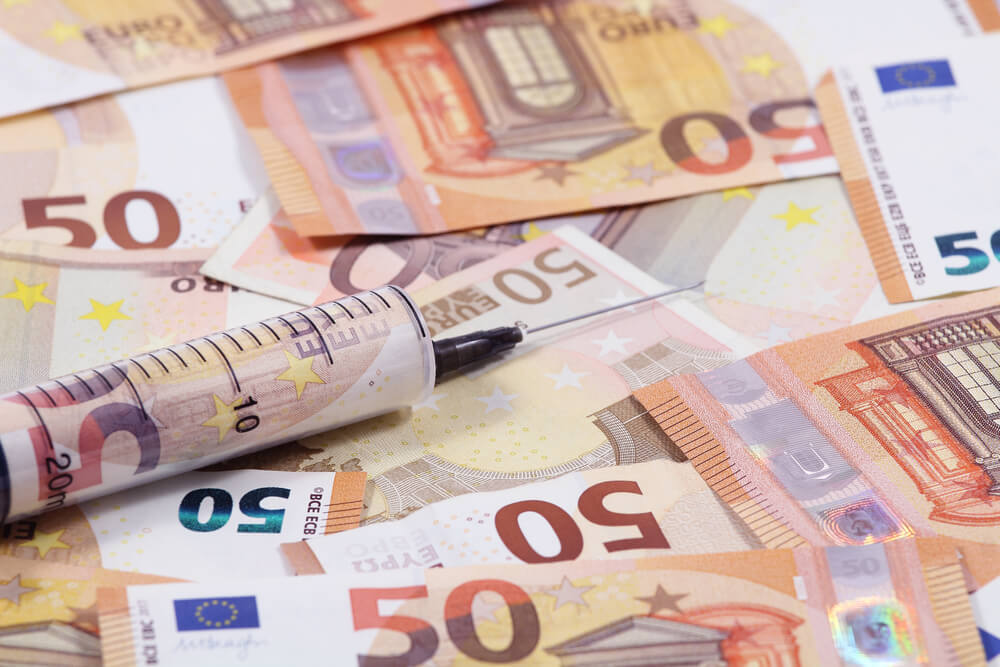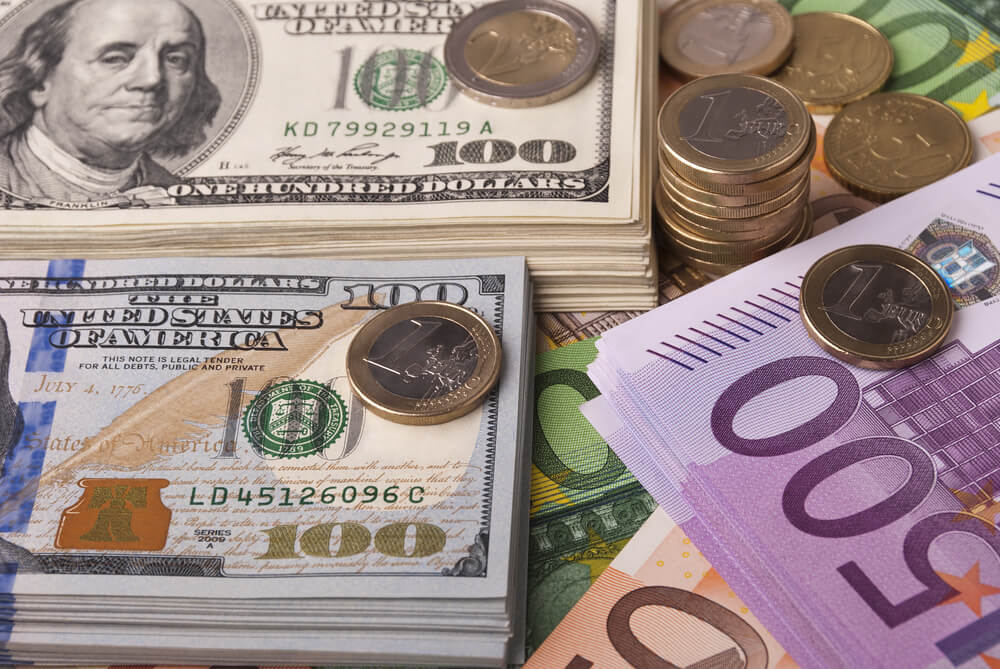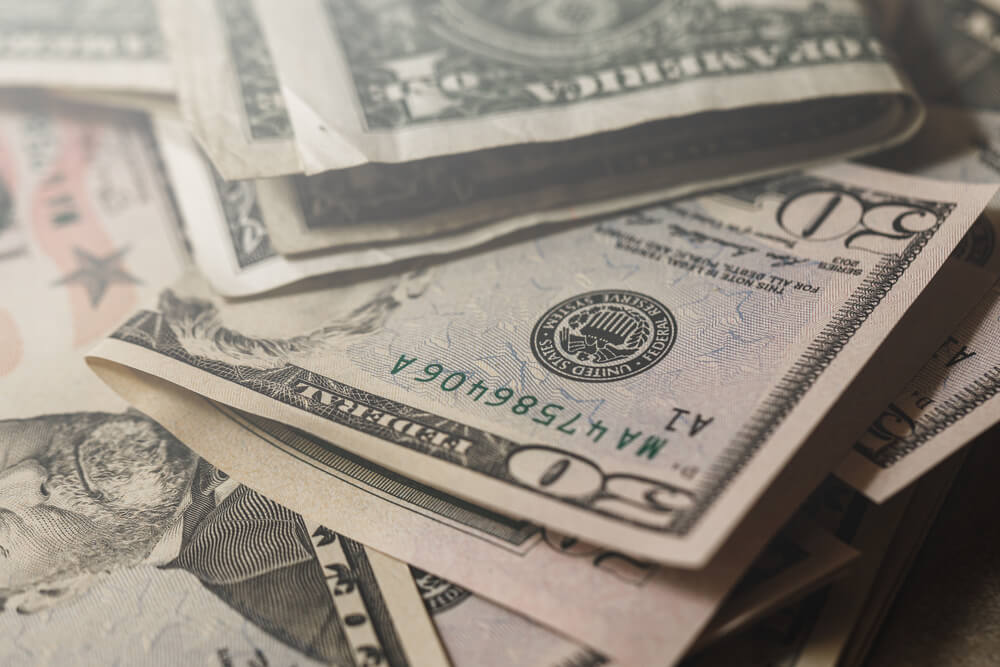As Russian gas started flowing through a crucial pipeline again on Thursday, the euro recovered, moving back near a two-week high against the dollar. However, investors remained cautious ahead of an anticipated increase in interest rates from the European Central Bank later in the day.
The euro increased by 0.42 percent to $1.02215. It regained most of the losses it suffered on Wednesday when it reached an intraday high of $1.0273. This was the highest level since July 6.
The assumption that the ECB would deliver a significant 50 basis-point rate rise and the Nord Stream 1 pipeline will restart on schedule and at the pre-shutdown level of 40% allowed the euro to see three sessions of high gains this week. Although the link’s operator reported that gas flows had resumed, it was unclear at what capacity they had done so; the German network authority indicated 30 percent.
Following President Vladimir Putin’s warning that Russian supplies transported to Europe via the largest pipeline might be further decreased or perhaps cease, the European Union ordered its members to restrict their gas use by 15% until March as a precaution.
Will Russian Gas Come Back to Europe?
According to Commonwealth Bank of Australia (OTC: CMWAY) strategist Joseph Capurso, Russia will entirely shut off the gas in the future because of political issues concerning the Ukraine war. Markets are divided on whether the ECB would deliver the previously anticipated 25 basis point hike or a half-point boost to control inflation, despite the real dangers of a recession.
The ECB should also reveal additional information about a new mechanism that curbs excessive increases in bond rates in exterior Europe. The imminent fall of the Italian government has, nevertheless, added to the difficulty of the position.
The yen previously brushed off the Bank of Japan’s anticipated decision to maintain ultra-easy policy settings, continuing to defy the trend of global monetary tightening even as it increased its inflation forecast.
















